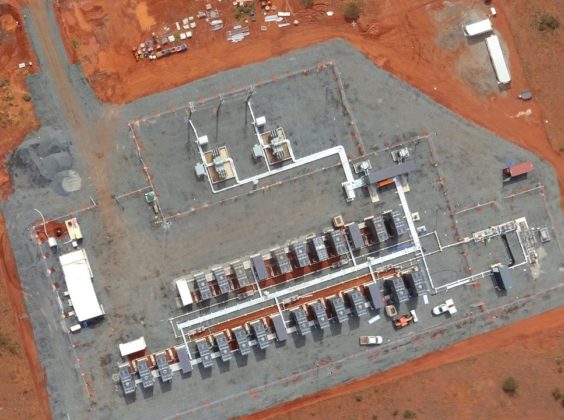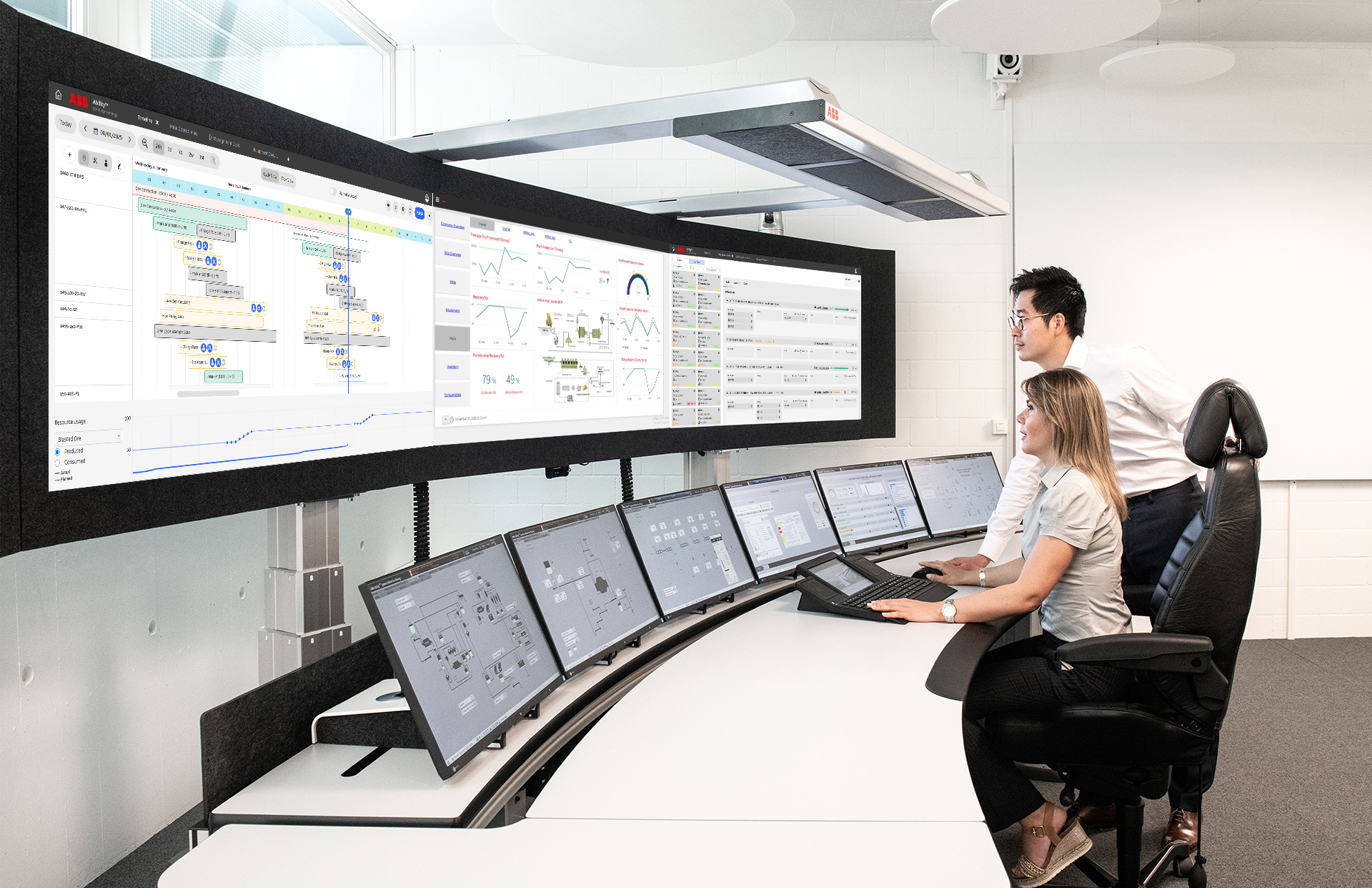The mining industry faces a persistent challenge that often goes unaddressed: fragmented data across the mine-to-market value chain. While individual systems may function well in isolation, the lack of integration between planning, execution and reporting systems creates operational inefficiencies that impact the bottom line.
Despite ongoing efforts to bring the mining industry into the digital age, a significant amount of mining workers’ time is spent on paper-based administrative tasks and spreadsheet management – a clear driver for the industry to advance its digital transformation efforts.
The latest release of ABB Ability™ Operations Management System (OMS) for mining tackles this challenge head-on by consolidating data across the entire mining operation – from the mine face to processing plant and enterprise-level reporting, ABB says. This integrated approach addresses a critical issue identified by McKinsey: that enhanced end-to-end performance of the mine-to-market value chain represents a significant opportunity for value creation yet remains largely untapped due to fragmented responsibilities.
The true cost of data silos
Consider the typical end-of-month reporting scenario in mining operations. Teams can spend countless hours gathering data from multiple sources, manually updating spreadsheets and attempting to verify information accuracy. It’s a familiar monthly ritual – the pressure-cooker environment of corporate reporting deadlines colliding with the reality of gathering and verifying operational data. The pressing question is: are the final numbers truly accurate?
Reporting headaches are just the tip of the iceberg. When a loader breaks down 200 m underground, every minute counts. Site operators need to make split-second decisions about equipment reallocation, yet they’re expected to piece together an operational puzzle from radio calls, equipment logs and shift schedules. In these critical moments, the lack of integrated data isn’t just an inconvenience – it’s a direct hit to production targets and the bottom line.
A fresh approach
The latest version of ABB’s OMS creates an immediate feedback loop between planning and execution – a crucial differentiation in the market, the company claims. This integration enables mining operations to move beyond traditional siloed approaches to a more dynamic, responsive operational model.
The system’s intelligent Short Interval Control (SIC) capability demonstrates this integration in action. When equipment issues arise, the system automatically analyses operational data and provides specific recommendations for resource reallocation. This automation can save approximately 33 minutes of decision-making time per 12-hour shift, translating to roughly four additional hours of production per week, according to ABB.
Real-world success: Gold Fields’ digital transformation
The transformation potential of integrated operations management is demonstrated at Gold Fields’ Granny Smith mine, 740 km northeast of Perth. This mature mining complex, which has been operational since 1989, has revolutionised its underground operations through digitalisation, ABB says.
Prior to implementing ABB’s OMS, the mine relied on radio communications and paper schedules, requiring managers to build significant time buffers for contingencies in personnel and equipment movement underground. The transition from spreadsheets and verbal commands to digitalised scheduling has delivered immediate benefits.

The implementation included connecting all fixed and mobile equipment to achieve new levels of production scheduling efficiency. The system enables operators to receive work orders live via rugged HMI devices and report task completion or interruptions in real time. This real-time visibility has been particularly valuable in underground environments where, traditionally, oversight was limited.
User-centric design for real results
The success of any operational system ultimately depends on user adoption. Through extensive on-site engagement and feedback sessions with mining professionals worldwide, ABB has refined the OMS user interface to ensure it meets practical, day-to-day operational needs, the company claims.
This user-centric approach extends to the implementation of self-service dashboards, designed to meet the needs of most mining operations out of the box. This standardisation reduces implementation time and costs while ensuring users can quickly access the information they need to make informed decisions.
Looking ahead: Supporting sustainability goals
As mining companies increasingly focus on ESG targets, operational systems must evolve and tighten efficiencies to support these initiatives. The integrated planning capabilities of ABB OMS provide a foundation for managing electrification projects and monitoring environmental impacts. At Granny Smith, production value achieved in equipment movements and maintenance are already contributing to reducing the mine’s carbon footprint, demonstrating how digital transformation can support both operational and environmental goals.
“The era of disconnected mining operations – where planners, operators and managers work from different datasets and struggle to align their efforts – is coming to an end,” ABB says. “As Gold Fields and other forward-thinking mining companies have shown, integrating operations through intelligent systems isn’t just about modernisation – it’s about creating mines that are safer, more productive and environmentally responsible. For an industry that has long wrestled with the complexity of coordinating underground operations and surface processing, these advances in operational management aren’t just improving efficiency – they’re transforming how mines operate, communicate and succeed in an increasingly demanding world.”











